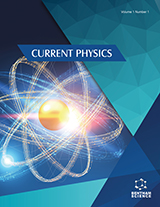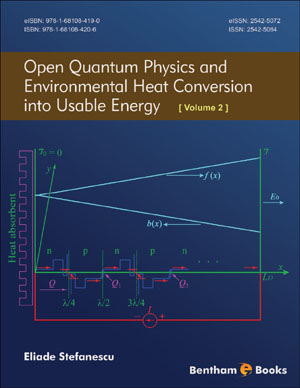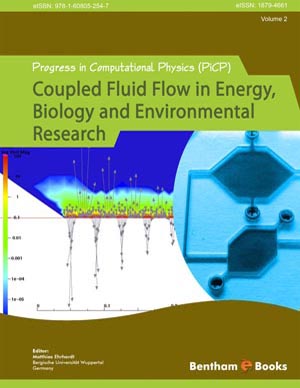Abstract
This initial chapter considered the threats posed by asteroids in space and to the Earth. Asteroids were defined and exemplified through examination of 99924 Apophis, which will pass close by the Earth on April 13, 2029. The origins of asteroids in the Kuiper Belt and Oort Cloud were documented and explained, and the role of iceteroids in the formation of asteroids was mentioned. Asteroid families and groups were discussed. It was noted that only a small number of the estimated million asteroids of about one-kilometer in diameter are known. It was documented that smaller asteroids pose the biggest risk to the Earth and spacefarers. The results of a joint NASA/FEMA simulation of an East Coast asteroid strike were provided. The danger of asteroid orbital shift was recognized. It was concluded that a sizeable asteroid impact with the Earth is inevitable. The significant number of asteroids was revealed through estimates of their quantification from a variety of sources. Earth-crossing asteroids were defined, explained, exemplified and quantified. A pair of potentially dangerous asteroids was considered. The existence of water on Ceres was documented.
Keywords: Asteroid, asteroid belt, asteroid families, asteroid groups, ceres, Dictionary of Minor Planet Names, Federal Emergency Management Agency, iceteroids, juno, jupiter, kuiper belt, minor planet, National Aeronautics and Space Administration, NEAT, NEO Coordination Center, oort cloud, orbital shift, pallas, quantification, vesta.













